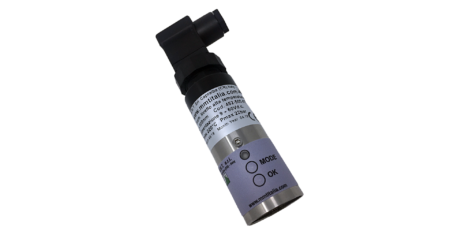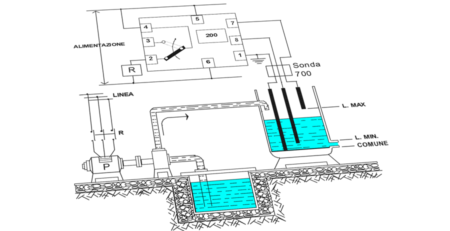Level switches are critical devices used in various industries to monitor and control the levels of liquids, powders, and granular materials. These sensors play a vital role in ensuring operational efficiency, safety, and accuracy in processes that require precise measurement and control of material levels. In this article, we will explore the various types of level switches, their working principles, applications, and the factors to consider when selecting the right switch for specific needs.
What is a Level Switch?
A level switch is an electromechanical or electronic device designed to detect the level of a substance within a container. It serves as a monitoring tool that triggers an alert when the material reaches a predetermined level, either high or low. This functionality is essential for preventing overflows, ensuring adequate supply, and maintaining operational efficiency. Key Functions of Level Switches Level Monitoring: provides real-time data on the level of materials in tanks, silos, and other containers. Alarm Activation: triggers alarms when levels exceed or drop below set thresholds. Control Mechanism: interfaces with pumps, valves, or other systems to manage the flow of materials automatically.
How Level Switches Work
The operation of level switches varies based on the type, but the basic principle involves detecting changes in the level of a material and providing an output signal. Mechanisms of Action
Electrical Signals: many level switches use electrical contact to signal changes in levels.
Mechanical Movement: some switches rely on physical movement (e.g., floats) to activate a switch.
Capacitance Changes: capacitive switches measure changes in capacitance as the level of materials changes.
Level switches play a pivotal role in ensuring efficient and safe operations across various industries. By understanding the different types, applications, and selection criteria, businesses can optimize their processes and prevent costly errors. With advancements in technology, level switches are becoming more sophisticated, offering enhanced capabilities to meet the demands of modern industrial applications. Investing in the right level switch is essential for effective fluid management and operational success. Discover our level switches” size=”50%” />








